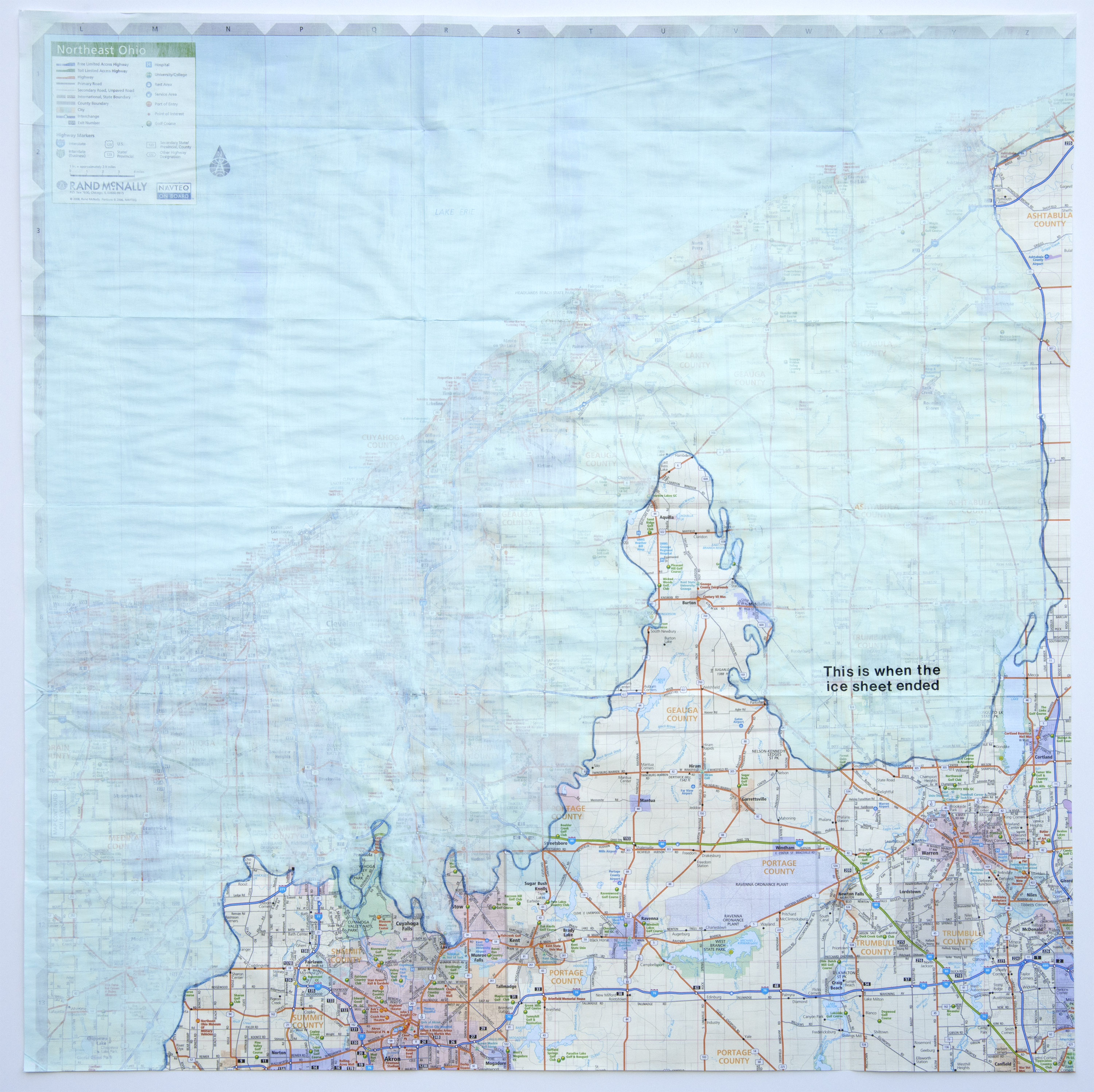The executive director of the Artists Archives of the Western Reserve discusses “EVAC: Experiencing Veterans & Artists Collaboration,” an exhibition that opens from 5:30 to 8 p.m. May 16 and remains on view through July 6.
What can visitors look forward to from “EVAC”?
One of the biggest draws is the collaboration between extremely talented printmakers and the veterans whose stories they share. The veterans interviewed for the project have served in all branches of the military from WWII through 9/11, and excerpts from their stories accompany each work on display. Using storytelling and art, “EVAC” educates the public about life in the military through empathy and creative expression.
In what ways does “EVAC” seek to bring light to an important topic?
Isolation is a persistent problem in the veteran community, as many who have served feel profoundly separated from their civilian counterparts. “EVAC” helps to bridge the gap between service members and society.
As Lee Fearnside, one of “EVAC” curators explains, “Mental health providers are losing the battle with helping veterans in part because veterans feel isolated and don’t want to ask for help. Studies show veterans who share their stories may help with PTSD recovery. With ‘EVAC,’ veterans have an opportunity to share their stories one time and to have that story impact many people.”
This show is a traveling exhibition. Where and how did it originate, and what inspired you to bring it to AAWR?
The show originated from the Tiffin University curators, Lee Fearnside, Joseph Van Kerkhove and Dr. John Schupp. Lee and Joe are both printmakers, and Dr. Schupp (an assistant professor of chemistry) started a student veteran program in Cleveland in 2006. Since that time, Dr. Schupp has spoken at more than 600 campuses regarding veteran education. He also helped write, pass and fund legislation for a Fund for the Improvement of Postsecondary Education grant in 2010 that provided $6 million in grants for veteran education to more than 20 campuses nationwide. He clearly was the driving force behind helping veterans overcome PTSD by telling their stories through the interpretation of visual artists.
As an artist myself, I was inspired to bring this traveling exhibition to the Archives through my personal acquaintance with Joe Van Kerkhove and admiration of his own work.
How many artists are involved? Is anyone from Ohio/Northeast Ohio involved, and if so, who?
We chose 28 artists from the available works by 57 artists. The participating artists come from all over the country, as do the veterans. We wanted to make sure we included as many from Ohio as we could, so there are 11 artists who are Ohioans, including Tom Balbo, Erin Holscher-Almazan, Suzanne Chouteau, Maggie Denk-Leigh, Lee Fearnside, Sophie Knee, Liz Maugans, Kathy McGhee, Jonpaul Smith, Joe Van Kerkhove, Michael Weigman and another five who have an undergraduate or graduate connection through Ohio schools: Noel Anderson, Marty Azevedo, Chris Daniggelis, Michael Litzau and Michelle Rozic.
What programming is scheduled to go along with this exhibition?
We have two Art Bites Professional Practices Programs scheduled to accompany this exhibition.
One is from 1 to 3 p.m. on Saturday, May 25, and the other is from 1 to 3 p.m. on Saturday, June 1. These will give artists an opportunity to explore augmented-reality drawing software on a firsthand basis, courtesy of Blue Robot LLC. These programs are both limited to the number of participants and require an RSVP in order to attend. While these two programs may not seem to relate directly to the exhibition, augmented or virtual reality is a technology that is transforming mental health therapy. Senior or handicapped artists who are no longer able to create using other means may be able to use this immersive reality to continue their careers.
Lead image: “EVAC Looking Back, Looking Forward, Relief” by Maggie Denk-Leigh courtesy of the Artists Archives of the Western Reserve.











